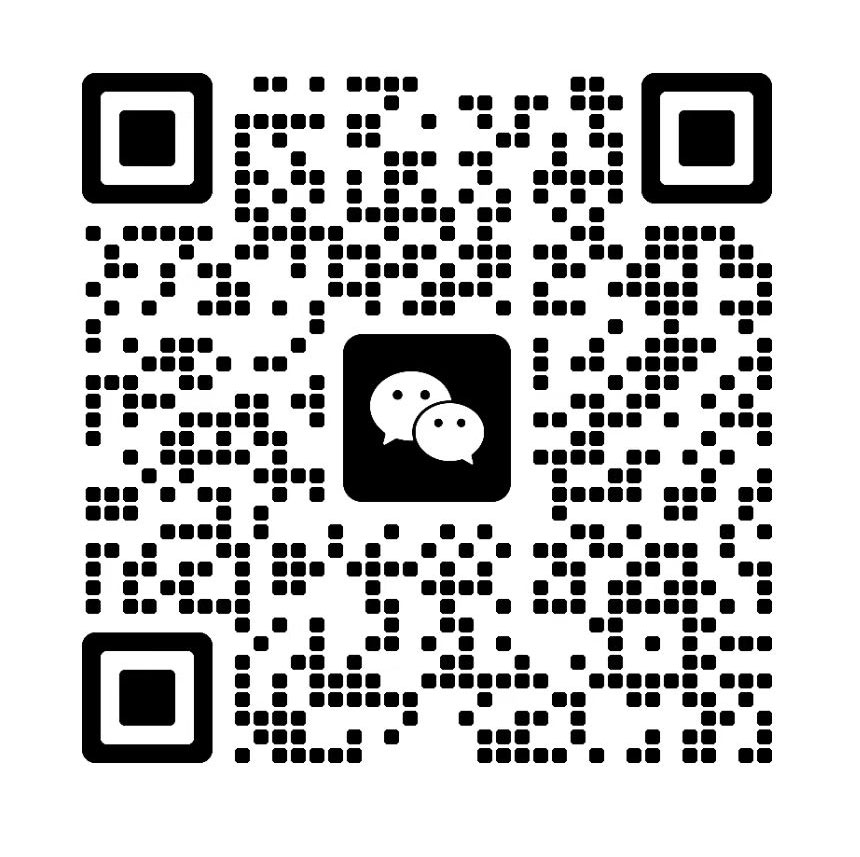iOS Signatures: Your Guide to Apple Signing in 2021
iOS signatures – also known as iOS signing, Apple signing, or enterprise signing – are a crucial aspect of creating and distributing apps on Apple platforms. In this guide, we’ll cover everything you need to know about iOS signatures and how they work in 2021.
What are iOS Signatures苹果企业签名证书?
iOS signatures are digital certificates that allow Apple to verify the authenticity of an app苹果手机说证书过期是怎么回事. When an app is signed, it includes a unique identifier that can be verified by Apple. This helps to ensure that the app has not been tampered with or modified in any way.苹果免费企业证书分享
iOS signatures can be applied to both native iOS apps and third-party apps. They are required for all apps that are distributed through the App Store or enterprise distribution channels.
How Do iOS Signatures Work?
When an app is signed with an iOS signature, it includes a digital certificate that is unique to the app and the developer who created it. This certificate is stored on Apple’s servers and can be verified by anyone who downloads the app.
Each time an app is launched, the iOS system checks the app’s signature to make sure that it matches the certificate on file with Apple. If there are any discrepancies or issues with the signature, the app will not launch and the user will be prompted to resolve the issue.
Why are iOS Signatures Important?
iOS signatures are important for several reasons. First and foremost, they help to ensure the integrity of the apps that are distributed through Apple channels.
Without iOS signatures, there would be no way to verify the authenticity of an app or ensure that it has not been tampered with. This could pose a significant security risk for users and make it easier for malicious actors to distribute malware or other harmful software.
Additionally, iOS signatures help to create a level of trust between developers and users. By signing their apps, developers are telling users that they have taken steps to ensure that the app is safe and secure to use.
The Different Types of iOS Signatures
There are several different types of iOS signatures, including:
Development Signatures
Distribution Signatures
Enterprise Signatures
Development signatures are used by developers to test their apps before submitting them to the App Store. These signatures cannot be used to distribute apps to end users.
Distribution signatures, on the other hand, are used to distribute apps through the App Store or other public channels. These signatures are issued by Apple and are required for all apps that are distributed through these channels.
Enterprise signatures are used to distribute apps to users within a company or organization. These signatures are issued by the company or organization and must be verified by Apple before the app can be distributed.
The Future of iOS Signatures
In recent years, Apple has introduced new features and technologies designed to make iOS signatures even more secure and reliable. For example, in iOS 14, Apple introduced support for cryptographic verification of app signatures.
As new threats emerge and the iOS ecosystem continues to evolve, it’s likely that we’ll see additional changes and updates to iOS signatures in the years to come.
Conclusion
iOS signatures are an essential aspect of creating and distributing apps on Apple platforms. From development to enterprise distribution, iOS signatures help to ensure the authenticity and security of apps and create trust between developers and users.
Understanding how iOS signatures work and the different types of signatures available is key to success in the iOS industry. By staying up-to-date with the latest trends and developments, developers can create more secure and reliable apps that users can trust.

